Our every day work is a mission to bring hope and healing into the world. We know the science behind what we do, but it’s the “why” part that gets to the deeper purpose and meaning of our work. When we ask what good we can do with our time and talents, we are answered by your heartfelt letters.
Our almost 12 year old golden girl, Serenity, was diagnosed with hemangiosarcoma of the spleen on Nov. 20, 2018. I was told that we only had a few days left, that is was aggressive, and there was nothing we could do. However, through some research and desperation I came across a study from Penn State in which they had used Turkey Tail mushroom extract on dogs with the same cancer as Serenity’s. After further searching I came across your farm and Turkey Tail product. Fast forward to today and we just received our 2nd order of Turkey Tail extract. We’ve been putting it in Serenity’s food twice a day. She is maintaining, has a great appetite, wants to play and run, and goes on walks several times a day. So, we are feeling thankful that we found your product as well as extremely blessed to still have our Serenity with us and living what we would call a good quality of life. We thought you might enjoy hearing our experience/story.
Sincerely,
Rhonda & Bruce Arney
Serenity’s story is a very common one for us, each with a unique character and name forever etched on the hearts of families who care for them. What we often find with customers who use our Turkey Tail mushroom dual extract for their dogs is improved quality of life and life beyond expectation (months to a year longer than prognosis). The results shared by people fighting cancer are even more remarkable (read reviews).
Turkey Tail mushrooms aren’t a cure for cancer, but your experiences with our product over the past few years have helped validate the growing body of science behind it and opened our eyes to the power of nature to help us rise to any health challenge.
- Purchase our Turkey Tail mushroom dual extract online.
- Available locally at Harvest Local Foods in Manchester, Wellness Emporium of Bell Buckle and Wellness Emporium of Woodbury.
Please consult your doctor before taking any of our products for health reasons. This product is not intended to diagnose, treat, cure, or prevent any disease.

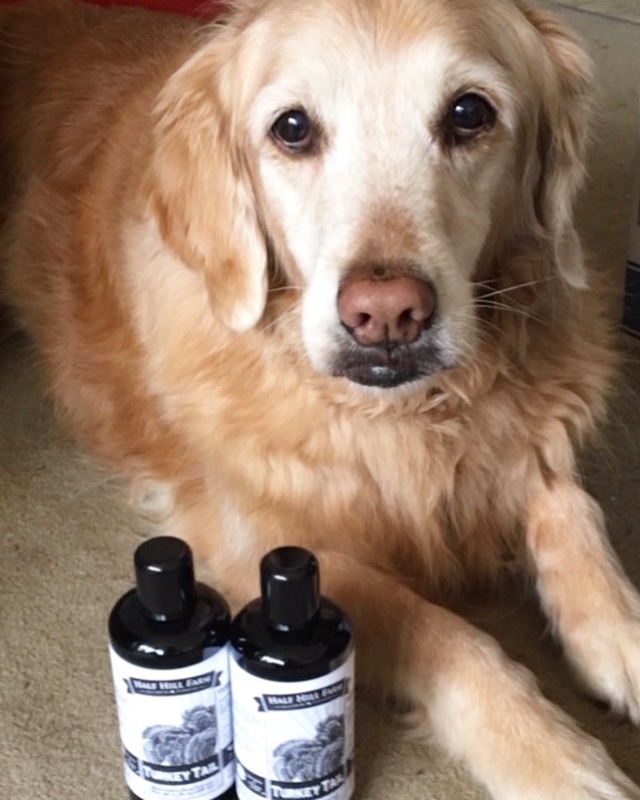
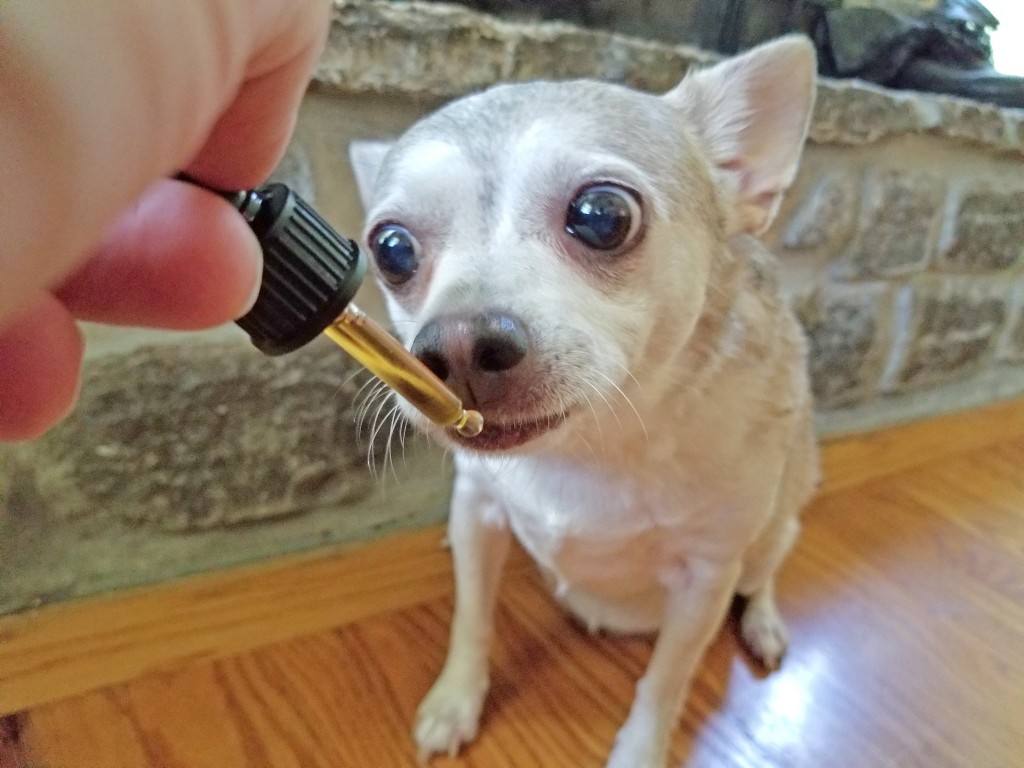

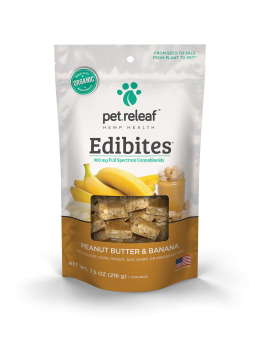


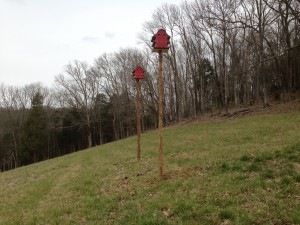
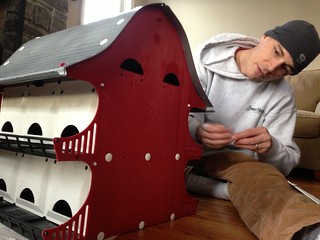 Part of our organic farm’s integrated pest management plan calls for the use of hosted beneficial birds as natural predators. Earlier this week I asked a couple of friends and folks at the
Part of our organic farm’s integrated pest management plan calls for the use of hosted beneficial birds as natural predators. Earlier this week I asked a couple of friends and folks at the